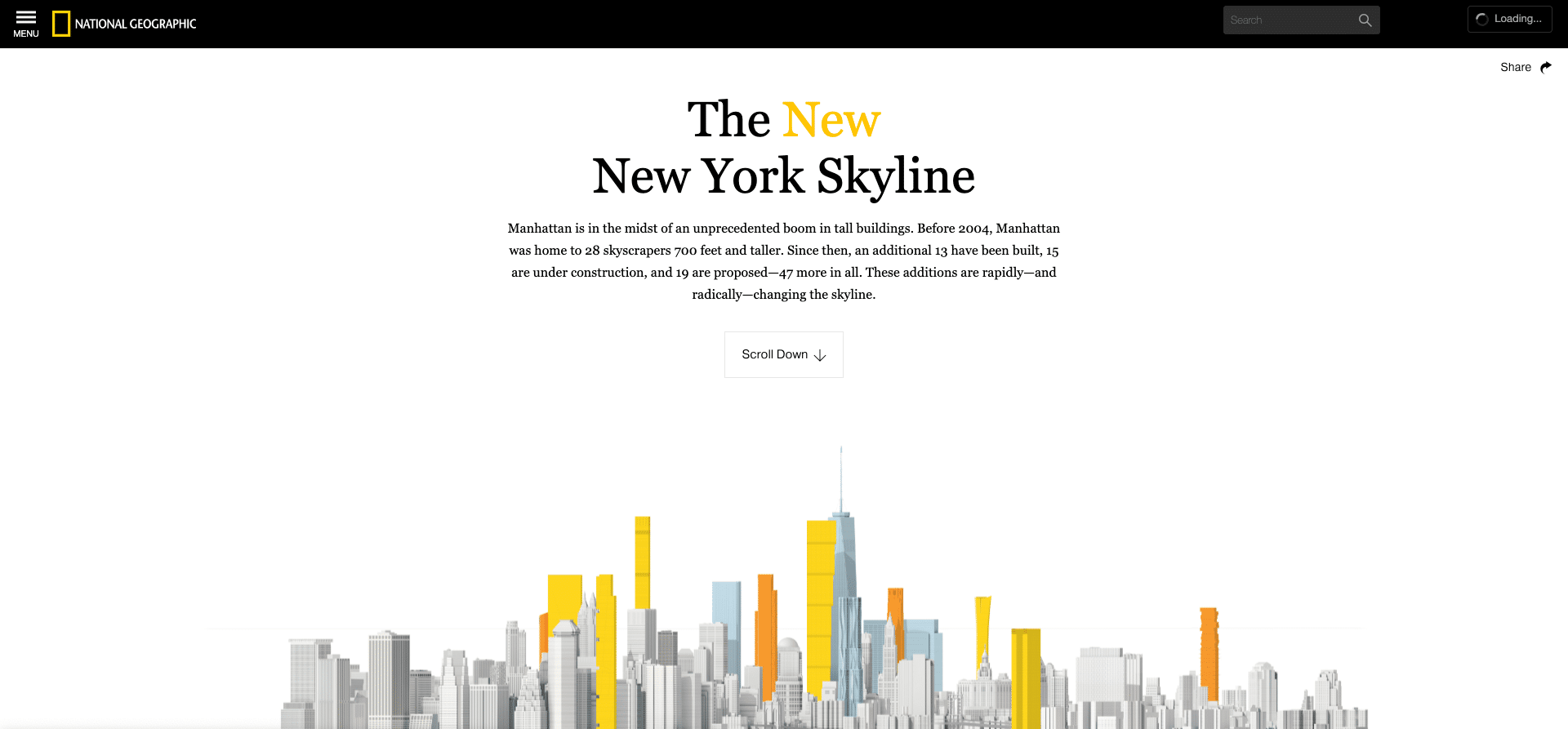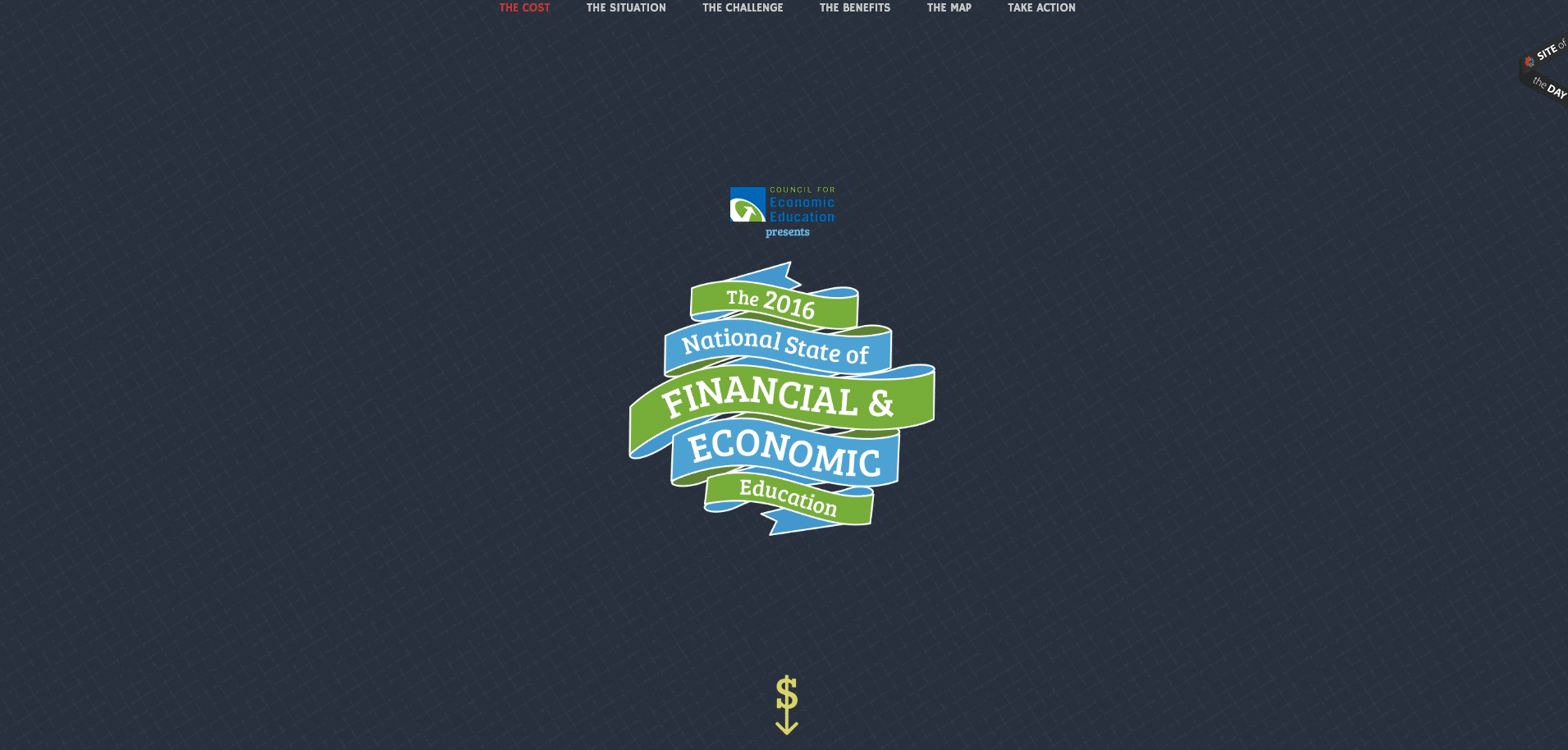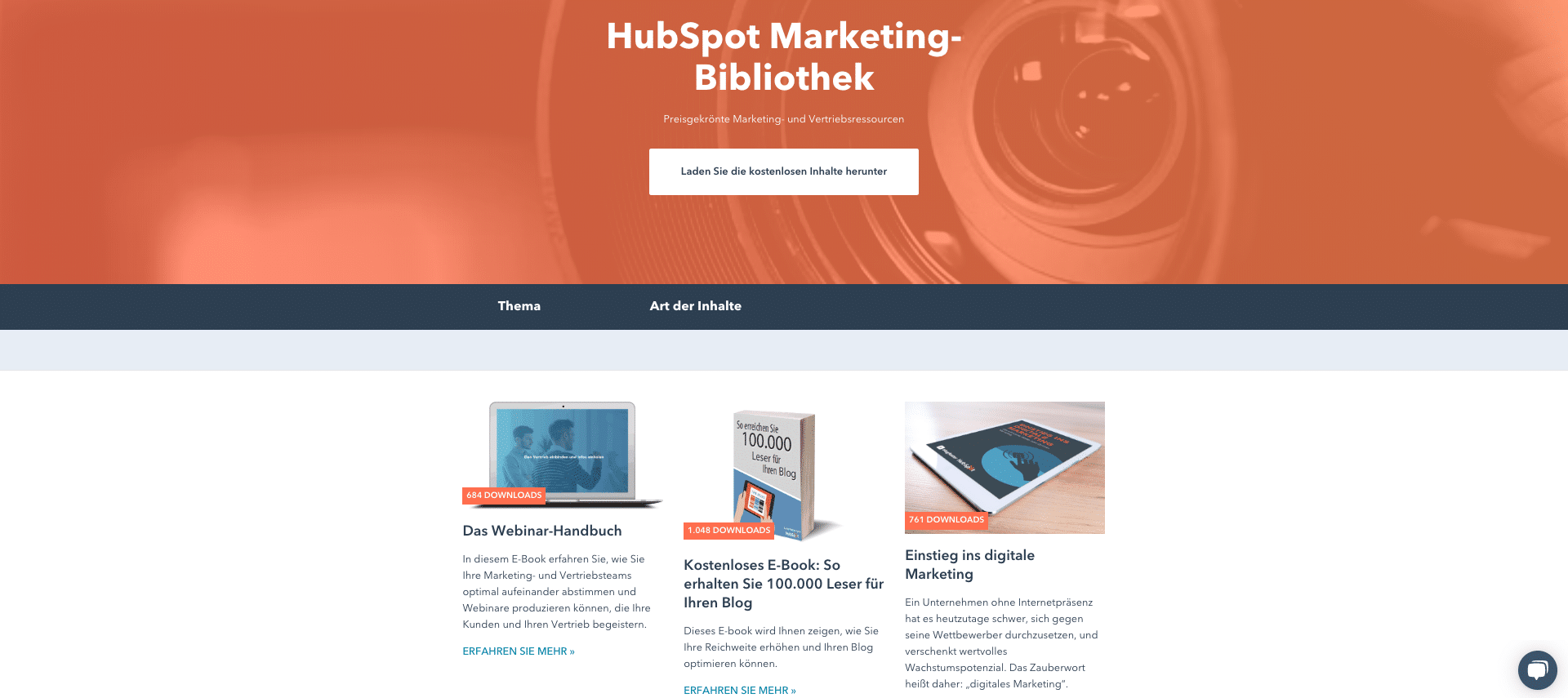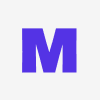Blogpost, listicle and then? – 13 Digital content formats
The blog post is still by far the favorite discipline of most content marketers. With an average length of 300 to 1,000 words, the most widespread of all content formats is the most suitable when it comes to simple implementation and popularity with readers and Google alike. Predominantly text-based articles can be transformed into a small multimedia landscape with a few simple steps via WordPress & Co. Embed codes from YouTube, Instagram and Twitter as well as stock photos offer suitable eye candy even without technical or graphic knowledge. Some also turn this into a highlight and decorate GIFs and videos with text only, as Buzzfeed shows us with its listicles.

But audiences are increasingly demanding content that activates their visual, auditory, haptic, and interactive senses. That’s why this blog post – note the irony – is about 13 other digital content formats that companies can use to bring their content into the top league on social media.
For this article, we define “format” primarily as a medium with its own technical requirements. That is, we are not talking about content approaches, such as how-tos, that could theoretically be prepared across different formats (e.g., as a blog post, video, or e-book). Also, we are referring primarily to free editorial content, not advertising.
1. Video: Bring movement into the game
The fact that the world’s second largest search engine is called YouTube says it all. But other platforms, such as Facebook and Instagram, are also giving moving images more and more priority and thus reach. It is also becoming easier and easier to implement. Videos shot with smartphones in portrait format are now so popular that Samsung is even launching a vertical TV soon. What’s more, videos are incredibly versatile and hold a suitable solution for every storytelling approach. For a unified content strategy, marketers should ask themselves, in addition to the actual content itself:
- horizontal or vertical
- short or long
- glossy or realistic
- with spoken word or music only
- with subtitles or without
2. Images: Leave your own visual fingerprint
Images are one thing. No content strategy is imaginable without them. They are indispensable for blog posts as well as for Facebook, Instagram & Co. If we add GIFs and memes, the possibilities explode. But with the exception of lifestyle brands, many companies still find it difficult to actually consider “image” as a format in its own right. The temptation to fall back on stock photos and embed codes and let others do the work is too great. But this misses out on a huge potential to both create your own recognition value and send content into the world that will be shared further. The various combination options for images on the social platforms also offer a special attraction. Whether the Instagram grid, the Facebook header or album tracks – many of these options and views have already been creatively “hacked” to create very special eye-catchers.
Sieh dir diesen Beitrag auf Instagram an
Sieh dir diesen Beitrag auf Instagram an
3. Data visualizations: Turn numbers into stories
Whether as a simple static infographic or elaborate interactive visualization – data storytelling is a discipline all its own, regardless of images and photos in general. The world is complex, there is more than enough information available, but the problem is often that it is not conveyed in a comprehensible way. The challenge here is to separate the essential from the unessential and to present it in such a way that the reader is taken on a journey from A to B to new knowledge.
4. Audio: let’s hear from you
Podcasts are currently on everyone’s lips. Thanks to Spotify & Co. there is not only a growing audience for them. New platforms also make it easy for companies to distribute their audio recordings. The reach figures are perhaps still low compared to text and video. But the loyalty of listeners is often all the higher. Since Google has announced that they will be including podcast in their search, companies should be prepared early on with the spoken word. But audio won’t remain just a sending medium. With voice-controlled assistants like Alexa, there are bound to be some exciting formats coming our way that will give companies as well as their customers a voice.
5. Social stories: show your spontaneous side
Admittedly, what was initially intended by Snapchat as a real-time format with a short shelf life has since become dramatically professionalized. Not only were Stories, with their playful filters and doodle options, quickly copied by Instagram and Facebook. It also takes a bit more preparation to keep up with other professional accounts. But despite all this, the spontaneous, colorful and authentic character of this format remains special. Those who have the courage to get involved, even if they sometimes have to overlook their own perfectionism, score points here.
6. Scrollytelling: dive deep into a topic
In contrast to social stories, scrollytelling formats have very high standards in terms of length, journalistic quality, and multimedia presentation of a topic. When you get right down to it, this type of long-form content could also belong to blog articles in the broadest sense. But since this often requires additional technologies and special requirements, especially in the visual area, we give this format a separate place.
7. Live: make your content an event
It’s only really been possible to report live via social media or blogging tools for a few years now. But thanks to the latest features on Facebook or YouTube, this too is now accessible to everyone. And the broadcast doesn’t have to be limited to video. Tools such as Tickaroo, for example, also enable editorial teams to incorporate other forms of content and take them with them wherever they go. Live communication also requires its own level of preparation, policies, and real-time community management, which is why we consider it a separate format despite the overlap with video, text, and images.
8. Quiz: let the audience decide
Who hasn’t tried Buzzfeed to find out which Hogwarts house you belong to or which type of ice cream would suit you best? Digital surveys, tests or comparisons offer the click for the moment and entertaining entertainment with a high engagement factor. In addition to the added value for the audience, they also make it possible for companies to gain new insights into their target groups and to develop topics or even products from them again.
9. Utility content: make content a real tool
From a technological perspective, utility content plays in the king’s discipline and is accordingly a long-term and often expensive undertaking, but one that can pay off. This is content that provides users with a tool, such as a currency converter on a stock website or an app with travel tips for real-time location. In its simplest form, this format is only a short hop away from quiz formats. The stronger the utility value, the more difficult the demarcation becomes between what we still recognize as content or already as a product in its own right.
10. Messenger: crank the dialog
For many companies, this format is still a closed book, especially when it comes to the prospects of success. No wonder: After all, the key figures of previous campaigns remain hidden. But just as general communication is shifting more and more into private digital spaces, companies’ content should also try to set highlights there. The dialog form offers a lot of potential for storytelling approaches from human hands as well as for bot-driven service formats.

11. E-learning: create content that makes school
This format mixes several media, depending on the application. Whitepaper, study, e-book, PowerPoint or Slideshare, online course or webinar – What they all have in common is a high editorial effort, various technical challenges and a didactic pay-off for the audience. Because of this promise, the user usually “pays” with his contact data, i.e. a lead, if the content is otherwise offered free of charge.
12. VR / AR: Take an all-around look
360° formats, such as virtual or augmented reality, are still relatively unexplored in content marketing. Often referred to as a double pack, they are actually two quite different formats. While VR is an extension of the medium video, AR in the form of apps usually offers additional info content, also as text. What they have in common, however, and why we give them their own category, is a new dimension that marketers can or must include when creating content: the first-person perspective of the audience.
13. Newsletter: land directly in the inbox
Finally, a format that probably seems a bit old-fashioned to some: the newsletter. It’s true that more and more people are following their favorite brands or news sources via social media profiles. But since the algorithm is constantly changing here, newsletters will remain an important medium for reaching readers. In terms of content marketing, however, they should be used as a storytelling channel rather than a sales brochure. Whether aggregated or completely self-sufficient content, whether as a daily briefing or a monthly series – those that make it into the audience’s inbox at their express request and stay there have done a lot right.
Each format has its own unique pitfalls and advantages. In the end, of course, the content a company chooses also depends on its resources and expertise. To be sure, the options can sometimes seem a bit intimidating. But those who first focus on their existing content and repurpose it for different formats will be rewarded with a huge pool of new content for their audience. On the other hand, it’s worth exploring all formats as early as the strategic alignment stage to find the right combination and unique content.
Share this article












